
The body of the penis is composed of two cylinders called corpora cavernosa which are placed on the dorsal and lateral surface of the organ. Below it is placed the corpus spongiosum, which contains the urethra, that is the channel through which urine and semen are carried outside. At the end of the corpora cavernosa this channel widens and forms a conical structure called glans. The corpora cavernosa are covered by a thick fibrous sheath, the tunica albuginea, which, at the point where the cavernous bodies join, forms a perforated septum which allows these structures to function as a single unit.
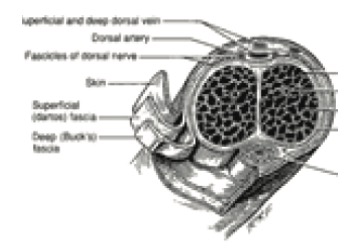
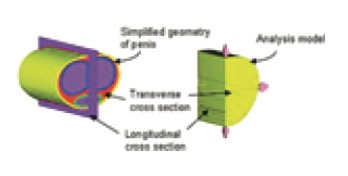
The tissue within the corpora cavernosa and the corpus spongiosum is formed by a network of smooth muscle (trabeculae) which delimits the vascular spaces (gaps cavernous).
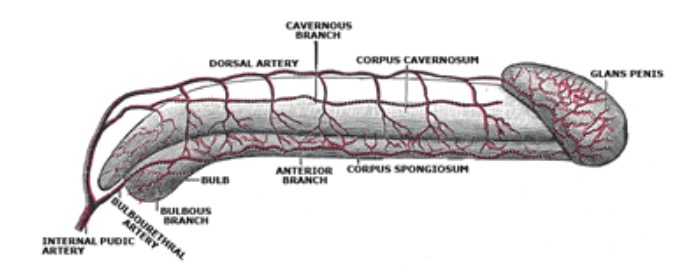
An erection begins in the brain and involves both the nervous and the vascular systems. When nervous impulses cause the erection, stimulated by visual, tactile, olfactory or psychogenic sensations, the signals through specific nerves reach the corpora cavernosa cause the relaxation of smooth muscle that makes up the trabeculae of the cavernous tissue, making the spaces delimited by these vascular wider and increasing the amount of blood within the penis. This very process causes an increase in pressure within the penis that crushes small veins that allow the outflow of blood from the corpora cavernosa. In this way the penis increases its volume and, due to the pressure inside it, also its rigidity. This rigidity is caused by the delicate balance that is achieved between the increased pressure in the vascular network and the elastic rigidity of the tunica albuginea that covers it. The pressure is also supported by the partial closure, by compression and contraction of smooth muscle fibers near the valves of the veins. When nervous stimuli that contrast the erection prevail, the signals sent from the nerves to the corpora cavernosa lead to smooth muscle contraction of the trabeculae which leads to reduction of cavernous gaps, thus reducing the flow of blood to the penis. The pressure in the corpora cavernosa then decreases making the outflow of blood from the penis and the return to the state of flaccidity possible. Usually every situation that activates the sympathetic nervous system, such as anxiety, stress or fear, contrast erection since a greater contraction of the trabeculae of the cavernous body occurs.
Erectile dysfunction has organic and psychological causes. Numerous risk factors such as age, smoking, diabetes, hypertension, chronic consumption of alcohol and drugs, high cholesterol and obesity have been described.
Occasionally erectile dysfunction is primary (the man has never been able to achieve or sustain erections), which is almost always due to psychological factors and less frequently due to biological factors (usually associated with low testosterone levels). The secondary erectile dysfunction occurs when a man who previously could achieve and maintain erections, is no longer able to do so. Over 90% of these cases is of organic nature but always associated with a psychological component.
They are usually caused by depression, sense of guilt, worry, fear of intimacy, situations of anxiety or stress or environmental influences, such as the fear of inducing a pregnancy or contracting diseases. They are able to inhibit the erectile response and libido (sexual desire). One case is the so-called "performance anxiety" which determines an inhibitory effect on erections and is common in young people first sexual experiences or after the first failure in sexual relations.
They can be both arterial and venous (better defined as veno-occlusive disease). In the first case there is a reduced blood flow to the penis, while in the latter it causes a condition of venous insufficiency (penile venous valves are not able to retain the blood within the penis). Arteriosclerosis, cardiovascular disease and diabetes are undoubtedly the most frequent causes. Among the most common cardiovascular diseases there are hypertension (20%), myocardial infarction (45%) and stroke (85%).
About 25% of ED are caused by drug therapy, either directly or indirectly. Psychiatric drugs, sedatives and hormones and especially antihypertensives and drugs for cardiovascular diseases are the main drug classes associated with ED.
Hormonal causes are infrequent (less than 5%). Iperprolattina, hypogonadism, hypothyroidism and hyperthyroidism, Cushing's syndrome can cause erectile dysfunction. Although hypogonadism (low testosterone and low bioavailability of testosterone) is associated with a decrease in libido, the link between testosterone and erectile capacity is unclear.
The lesions of the spinal cord and brain injuries, because of the interruption of the control circuits and the sensory stimuli of the erection, are responsible of erectile dysfunction. It frequently happens in Parkinson's disease or in Alzheimer's disease, in spinal trauma or in some cases of peripheral neuropathy.
Surgery and radiation therapy to the pelvis area may be associated with ED for the damage to nervous and vascular structures of the penis. Colon surgery, particularly to the rectosigmoid, prostate, bladder can cause injuries to the neuro vascular network pelvic with the consequence of erectile dysfunction; the damage can give temporary defect erection for about 2 years regressing totally or partially also in less time.
In diabetes the DE has a prevalence 3 times higher than that of the general population and many factors of vascular, nervous and anatomical contribute to determine it and in many study the prevalence varies from 48% to 59%.
It is an uncommon and not clear inflammatory condition (repetitive microtrauma, reactions car / dysimmune, metabolic local) that produces scar retrattive repairs that make the affected area of the corpora cavernosa rigid and prevent erectile expansion; when it is present in a small area it leads to curvature on the side of the lesion; when it is larger it causes a defect in the expansion of the corpora cavernosa and related erectile dysfunction.
The stiffness can also induce a considerable pain even for small lesions that produce protective erectile dysfunction.
The pelvic vein network drains blood from the rectum-sigma, testicles, prostate, bladder, and reduces the tension of the upper abdomen (liver and spleen in particular). Dysfunctional and inflammatory processes of these organs, especially the recto-sigmoid colon and prostate, cause the venous-lymphatic congestion of the area thus determing circulatory and drainage mechanisms squilibrio so that stimuli and protective mechanisms of deficient sealing vein leading to erectile dysfunction or its opposite acute (persistent erection with thrombosis of the cavernous bodies, priapism) which then rievolve in venous insufficiency are activated.
A correct diagnostic approach includes an accurate clinical assessment (medical, sexual and psychosocial), a careful physical examination, specific laboratory and instrumental tests.
The history explores the presence of risk factors, the type of symptoms and its evolution over time, as well as the type of relationship with the partner.
Physical examination is both general and andrology, aimed at evaluating the secondary sexual characteristics and seeking possible presence of fibrous plaques (Peyronie's disease), concurrent signs of cardiovascular, hormonal and neurological diseases. Careful clinical assessment provides us with information about possible causes, which have to be investigated with specific diagnostic tests.
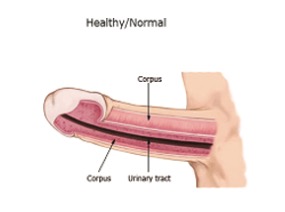
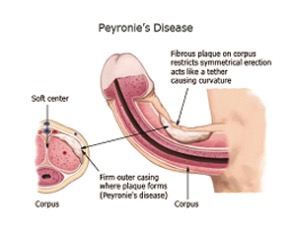
Blood tests essentially involve the assessment of the hormones involved in the phase of libido and erection, especially of Testosterone and Prolactin. If necessary, other factors, such as thyroid hormones, the PSA, cholesterol and triglycerides, blood sugar, etc. can be considered. All tests mentioned serve to check the possible causes of extragenital erectile dysfunction .
Penile dynamic color-doppler US allows a morpho-functional penis study. The ultrasound evaluation of the structure is performed, as well as the
presence of fibrous or calcified plaques, fibrosis, etc. The Doppler examination, on the other hand, allows to assess the blood flow in the penis (arterial flow and venous-occlusive) during flaccidity and pharmacologically induced erection by intracavernous injection of a vasodilator (prostaglandin E1).
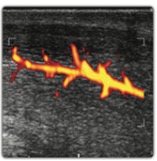
This examination allows to record erections that occur during sleep in REM sleep. Their presence is an indication of the normal function of the whole system erection. The absence of nocturnal erections, on the other hand, would indicate an organic disease, despite the high percentage of false negatives (30%) caused by various reasons such as sleep disturbance and annoyance of the unit.when it is larger it causes a defect in the expansion of the corpora cavernosa and related erectile dysfunction.
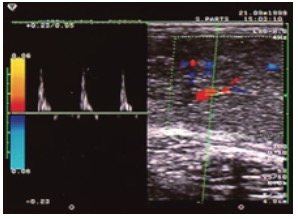
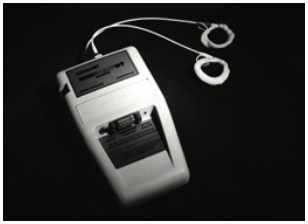
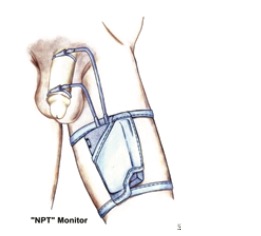
Among the treatment options for ED, medical and surgical treatments can be mentioned. In every case, it will be important to identify those "modifiable" factors, generally linked to behavioural factors, and those "non-modifiable". Consequently, in all cases in which there are living habits or diseases that are associated with ED, the correction of these factors is an essential prerequisite of each treatment. Endocrine therapy involves the normalization of testosterone levels in cases of hypogonadism or reduction in the levels of prolactin in the case of hyperprolactinemia. Appropriate options to the patient should be given so that he and his partner can choose one of their preference.
The psycho-sexual therapy is a possible approach in all cases in which there are clear relationship problems within the couple. Where there was this clear need, the pair must be sent to consultation from a psychologist.
The vacuum device (negative pressure device) consists of a plastic cylinder that is placed around the penis and pressed against the pubis , and connected to a manual or electric vacuum cleaner that generates the vacuum within the cylinder and facilitate the blood flow to the penis through the pressure difference. Once the blood has swelled the penis, an elastic ring placed to the base prevents the outflow of the organ and maintains an erection, but it must be removed no later than 30 minutes in order to reduce the risk of injury by compression and the trigger reactions of thrombosis and haemorrhages in the penis structure. If any benefit is present drug or surgical treatment should be undertaken.
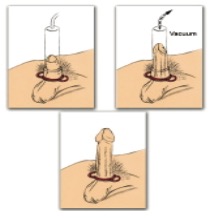
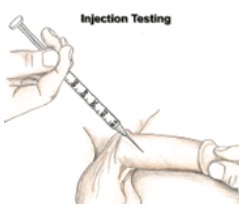
The self-injection involves the use of a thin and short needle to inject medication directly into the corpora cavernosa, at the penis base and laterally; the drug induces an erection within 10 minutes, which should last until orgasm/ejaculation are reached. The drug used is the prostaglandin (PG) E1 or alprostadil (Caverject), which is an inducer by direct vasodilation in the corpus cavernosum. A state of considerable stress can prevent the action of the drug since the release of
adrenaline acts like potent vasoconstrictor. The possible side effects of pharmacotherapy are: 1. the continuing rigidity for several hours, even after reaching orgasm/ejaculation (priapism); 2. the formation of retractile scar tissue/fibrous reactions that can lead to penile curvature (IPP). Alprostadil can also be given by urethral way with special gel or suppository, but the effectiveness is lower and the discomfort higher.
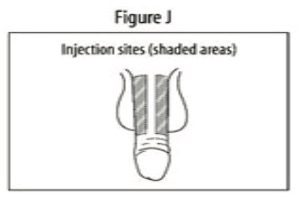
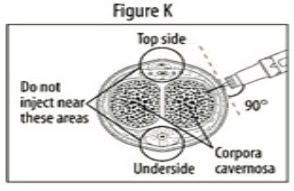
The correction of penile deformity through corporoplasty is the main measure in cases of anatomical DE where the strong penis' curvature prevents sexual activity and the patient has a normal erection. More complex reconstructive procedures are required in cases of partial amputation of the penis after surgery for cancer or in case of Microphallus.
The prosthetic therapy, on the contrary, has the aim of replacing the mechanism of erection with devices applied inside of the corpora cavernosa that can develop an adequate stiffness. Such therapies are indicated when erectile dysfunction cannot be treated and gives no positive results with the treatments described above (oral pharmacological and intracorporeal), and after solving the collateral pathologies. Sometimes they are the only possible solution after demolitive surgery for
the cancer or pelvic surgery such as radical prostatectomy, cystectomy or oncological surgery of the lower bowel. The main types of prostheses are those malleable or semi-rigid, which possess a degree of fixed rigidity and maintain the penis constantly semi-rigid, and those hydraulic or inflatable, which thanks to the presence of a reservoir and a pump can change their degree of rigidity. The latter are specifically constituted by two cylinders which are implanted within the corpora cavernosa and are connected to a pump implanted in the scrotum, and a tank containing physiological saline which is positioned in the space of Retzius. By acting on the pump it is possible to inject or drain the liquid from the tank to the cylinders thus realizing the phase of erection and that of flaccidity.
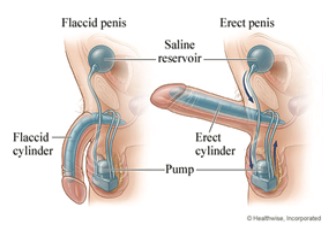
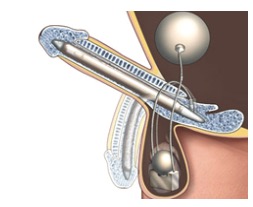

MHISC is a collective group of five International and European recognized surgeons. Leading experts from England, France, Italy and Serbia have been brought together to establish a global centre of excellence in the fields of genital and urethral reconstruction, erectile dysfunction (penile implants), peyronie’s disease, genital reconstruction for trauma, cancer and male infertility.
The idea is to create a base in Europe which will carry out the above surgeries and treatment in a bespoke, boutique private facility. Patients travelling to the centre would be offered the best treatment available in a comfortable and luxurious setting.
Given the nature of the procedures performed, confidentiality is paramount and therefore establishing a centre in Europe would allow patients from around the world to travel with discretion. This is particularly the case with patients from the Middle East who are currently travelling outside the Middle East to have their surgeries carried out by our specialists.
Ideally located between Geneva and Lausanne, Clinique de Genolier offers sweeping views of Lake Geneva, Mont-Blanc and the Alps. A presidential suite and junior suites furnished in contemporary style and “La Table”, a gourmet restaurant, ensure an exceptional standard of hospitality for the patients.
With 106 beds and 198 admitting physicians, it is one of the largest private clinics in Switzerland. Clinique de Genolier offers specialist medical care, one of the most up-to-date operating theaters in Europe, an experienced medical team and premier-quality hotel services.
To find out more about how we can help you please fill out the secure and confidential form on our contact page
Mens Health International Surgical Center SA,
Place des Philosophes 18, 1205 Geneva Switzerland